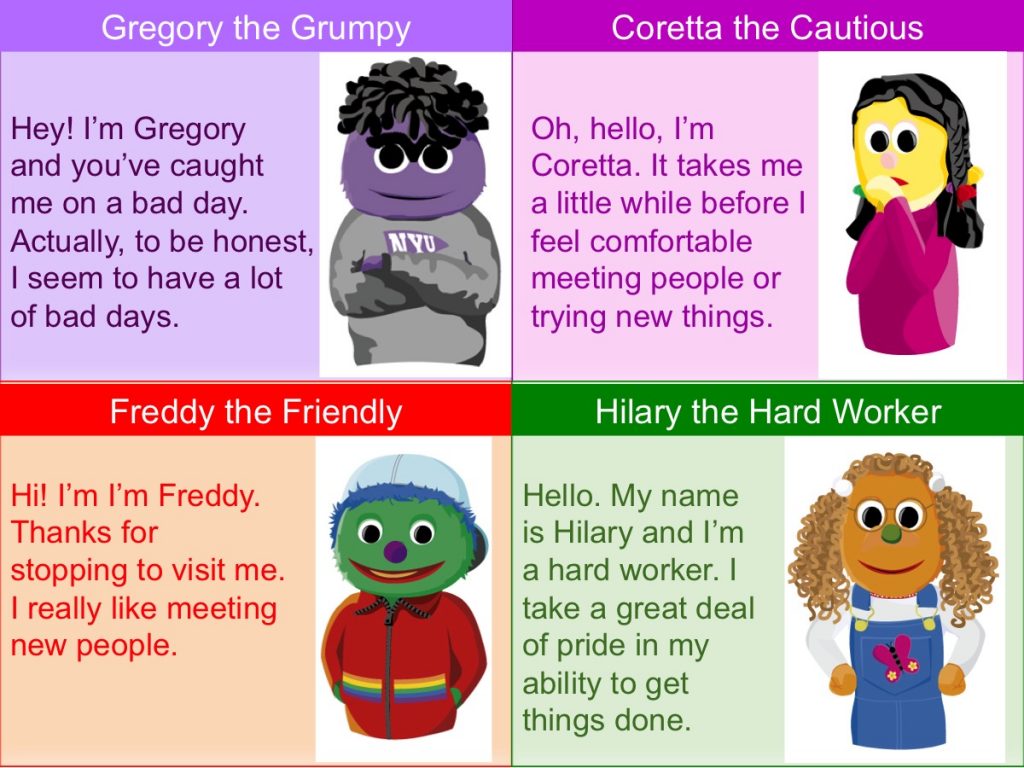
Clinicians use the “goodness of fit” model to design interventions for home and school. Their goal is to create supportive environments that build on a child’s strengths. Some temperament programs are intensive. They are for children at high risk of facing emotional or behavioral disorders. There are also programs aimed more at prevention. One prevention program is called INSIGHTS into Children’s Temperament. It is a 10-week program for elementary school students, their parents, and teachers.
In the INSIGHTS program, parents and teachers learn how to recognize a child’s temperament. Then they identify a child’s strengths and areas of concern. They also learn about the relationship between a child’s temperament and a child’s behavior. Evidence shows that this process improved parents’ and teachers’ attitudes towards a child. It also increased their motivation to offer help to a child.
Next, the program helps parents and teachers improve goodness of fit. They learn strategies for handling different temperaments. INSIGHTS also includes many classroom sessions with children in the program. Children learn how to solve daily problems from puppets that represent different types of temperament. They practice using appropriate social strategies that lead to positive outcomes.
Research evidence shows INSIGHTS is a successful program. After the program, behavior problems decreased both at home and at school. Children’s social skills improved. They became better at managing conflicts. They also experienced changes in their temperament behavior.
For more information on the INSIGHTS program, see the Additional Resources page in this module.
-
- Anterior cingulate cortex
- part of the brain that helps control emotional impulses
- Dimension
- more or less of a behavior
- Goodness of fit
- occurs when your expectations are compatible with a child’s temperament
- Negative reactivity
- a tendency to react in a negative manner
- Positive reactivity
- a tendency to react in a positive manner
- Prefrontal cortex
- the decision-making area of the brain
- Self-regulation
- a child’s ability to concentrate, to manage emotions, and to control impulses
- Temperament
- how a person approaches the world